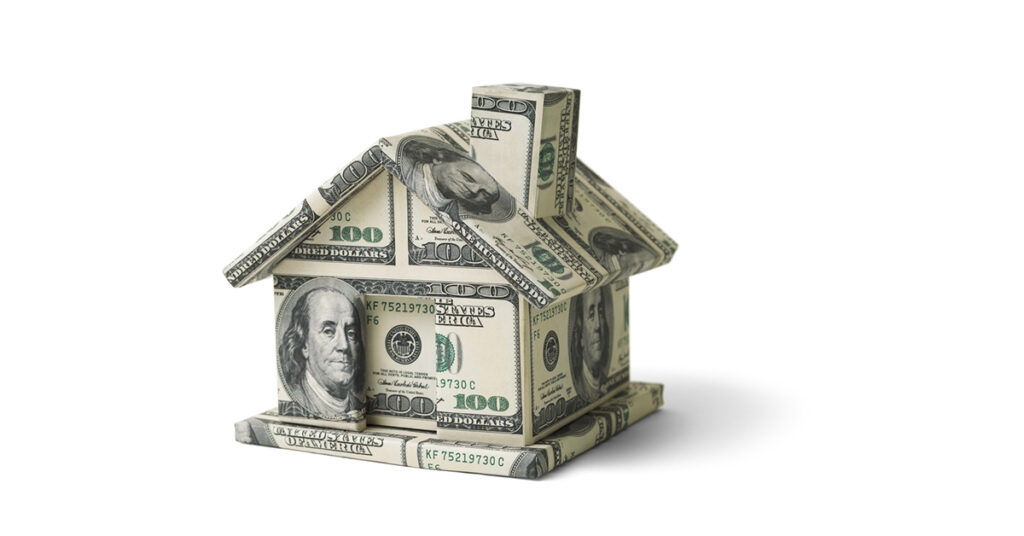Home Values In Opportunity Zone Redevelopment Areas Maintain Momentum
ATTOM released its third-quarter 2021 special report analyzing qualified low-income Opportunity Zones established by Congress in the Tax Cuts and Jobs Act of 2017 (see full methodology below). In this report, ATTOM looked at 5,402 zones around the United States with sufficient sales data to analyze, meaning they had at least five home sales in the third quarter of 2021.
The report found that median single-family home and condo prices increased from the second quarter of 2021 to the third quarter of 2021 in 62 percent of Opportunity Zones around the country and rose by at least 20 percent annually in 47 percent of them. Those patterns continued to closely parallel the broader U.S. housing market as it powered through a 10th straight year of gains. By some measures, values in Opportunity Zones did even better, extending patterns from over the past year.
Home values in most Opportunity Zones did again trail well behind values in most other neighborhoods around the U.S. in the third quarter of 2021. About three-quarters of zones with enough data to analyze had typical third-quarter prices below the national median of $310,500. That was about the same as in earlier periods over the past year.
Median values also remained under $200,000 in 53 percent of Opportunity Zones in the third quarter of this year. But that was down from 57 percent in the second quarter of 2021 and 63 percent a year earlier as values inside some of the nation’s poorest communities kept up with broader national housing market gains despite the Coronavirus pandemic remaining a threat to the U.S. economy.
In a sign of even better growth, prices spiked by at least 25 percent in the third quarter, measured year over year, in four of every 10 Opportunity Zones, compared to three of every 10 communities in the rest of the country.
Those increases came despite the pandemic’s financial impact causing the worst damage in lower-income communities like those comprising most of the zones targeted for tax breaks designed to spur economic redevelopment.
Opportunity Zones are defined in the Tax Act legislation as census tracts in or along side low-income neighborhoods that meet various criteria for redevelopment in all 50 states, the District of Columbia and U.S. territories. Census tracts, as defined by the U.S. Census Bureau, cover areas that have 1,200 to 8,000 residents, with an average of about 4,000 people.
“The third quarter of 2021 was just like the second, which was pretty much like the first when it came to home prices in some of the more distressed neighborhoods around the United States. Values in markets scattered through so-called Opportunity Zones kept rising at around the same pace seen in more upscale areas, as the housing-market boom kept lifting fortunes just about everywhere,” said Todd Teta, chief product officer with ATTOM. “Home values in Opportunity Zones are still very low relative to other areas. But the ongoing gains showed that lots of households are buying in those areas – something that should lure the attention of investors looking to take advantage of Opportunity Zone tax breaks.”
High-level findings from the report include:
- Median prices of single-family houses and condominiums rose from the second quarter of 2021 to the third quarter of 2021 in 3,136 (62 percent) of Opportunity Zones with sufficient data to analyze and increased in 3,416 (78 percent) of the zones from the third quarter of last year to third quarter of this year. By comparison, median prices rose quarterly in 65 percent of census tracts outside of Opportunity Zones and annually in 82 percent. (Of the 5,402 Opportunity Zones included in the report, 5,040 had enough data to generate usable median-price comparisons from the second and third quarters of 2021; 4,393 had enough data to make comparisons between the third quarter of 2020 and the third quarter of 2021).
- Measured year over year, median home prices rose at least 20 percent in the third quarter of 2021 in 2,055 (47 percent) of Opportunity Zones with sufficient data. Prices rose that much during that time period in 53 percent of other census tracts throughout the country.
- Opportunity Zones again did even better when comparing areas where prices rose at least 25 percent from the third quarter of 2020 to the third quarter of 2021. Measured year over year, median home prices rose that much in 1,696 (39 percent) of Opportunity Zones but in only 31 percent of census tracts elsewhere in the country.
- Typical single-family home values in roughly half of all Opportunity Zones increased annually in the third quarter of 2021 by more than the 15.9 percent increase in the overall national median home price.
- Among states that had at least 20 Opportunity Zones with sufficient data, those with the largest percentage of zones where median prices rose, year over year, during the third quarter of 2021 were Idaho (where median prices were up, year over year, in 97 percent of the zones), Arizona (94 percent), Massachusetts (91 percent), Delaware (90 percent) and Utah (89 percent).
- Of all 5,402 zones in the report, 1,951 (36 percent) still had median prices in the third quarter of 2021 that were less than $150,000 and 913 (17 percent) had medians ranging from $150,000 to $199,999. The total percentage of zones with typical values below $200,000 was down from 63 percent in the third quarter of 2020 to 53 percent in the third quarter of 2021.
- Median values in the third quarter of 2021 ranged from $200,000 to $299,999 in 1,186 Opportunity Zones (22 percent) while they topped the national median of $310,500 in 1,250 (23 percent).
- The Midwest continued in the third quarter of 2021 to have the highest portion of Opportunity Zone tracts with a median home price of less than $150,000 (60 percent), followed by the South (42 percent), the Northeast (35 percent) and the West (5 percent).
- Median household incomes in 87 percent of the Opportunity Zones analyzed were less than the medians in the counties where they were located. Median incomes were less than three-quarters of county-level figures in 56 percent of zones and less than half in 16 percent.
Report methodology
The ATTOM Opportunity Zones analysis is based on home sales price data derived from recorded sales deeds. Statistics for previous quarters are revised when each new report is issued as more deed data becomes available. ATTOM compared median home prices in census tracts designated as Opportunity Zones by the Internal Revenue Service. Except where noted, tracts were used for the analysis if they had at least five sales in the third quarter of 2021. Median household income data for tracts and counties comes from surveys taken the U.S. Census Bureau (www.census.gov) from 2015 through 2019. The list of designated Qualified Opportunity Zones is located at U.S. Department of the Treasury. Regions are based on designations by the Census Bureau. Hawaii and Alaska, which the bureau designates as part of the Pacific region, were included in the West region for this report.

The Place for Lending Visionaries and Thought Leaders. We take you beyond the latest news and trends to help you grow your lending business.



